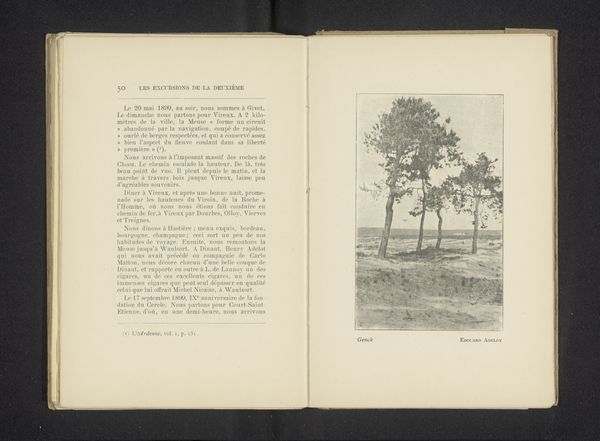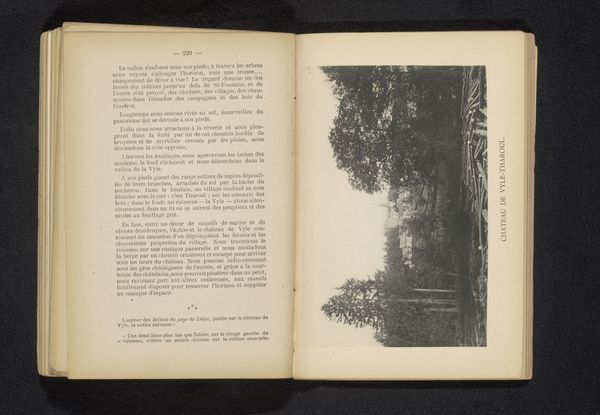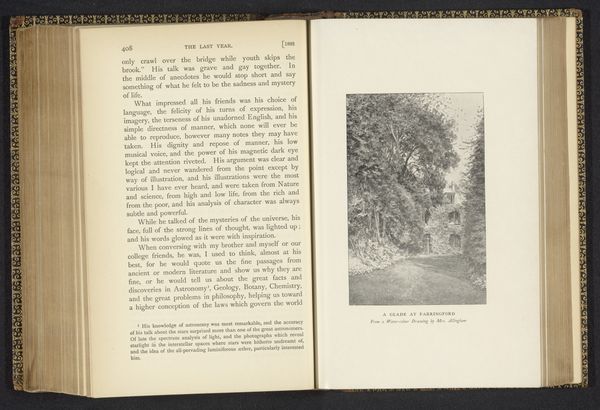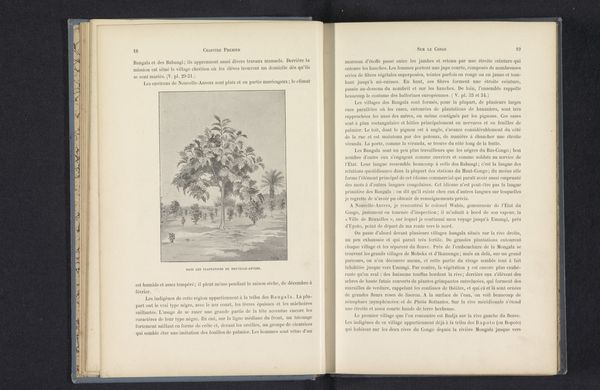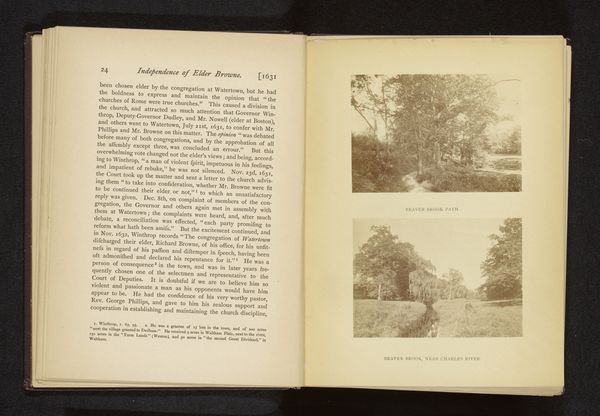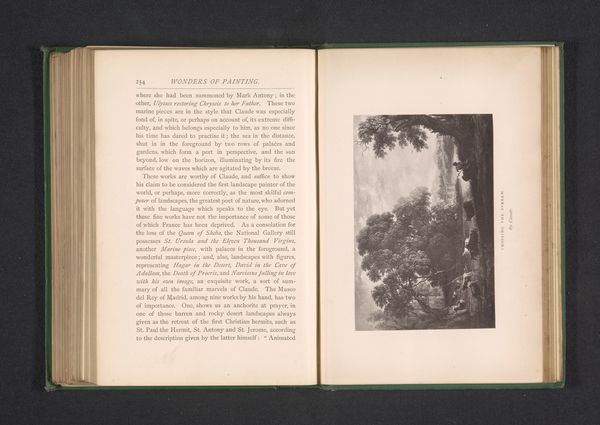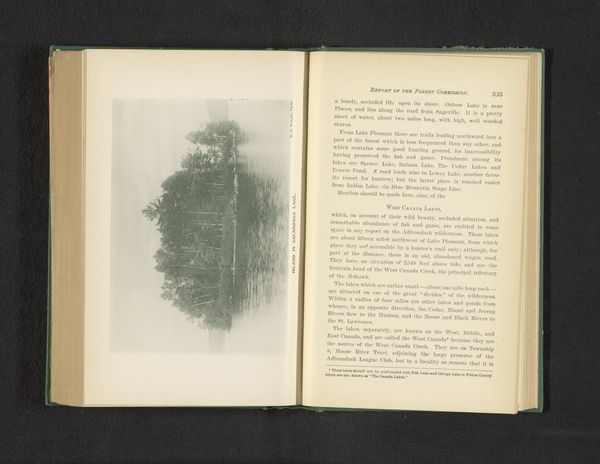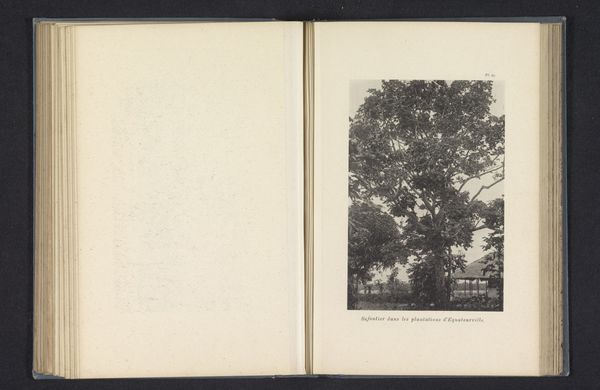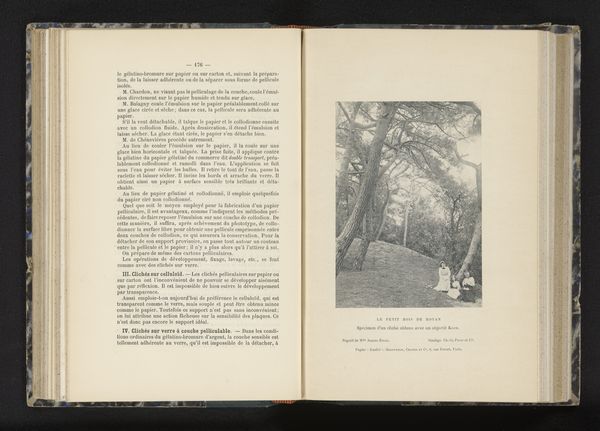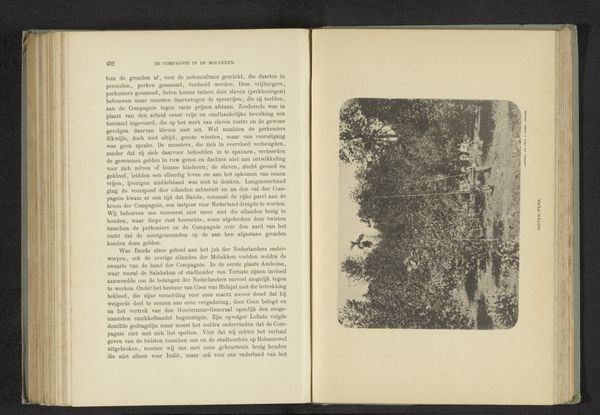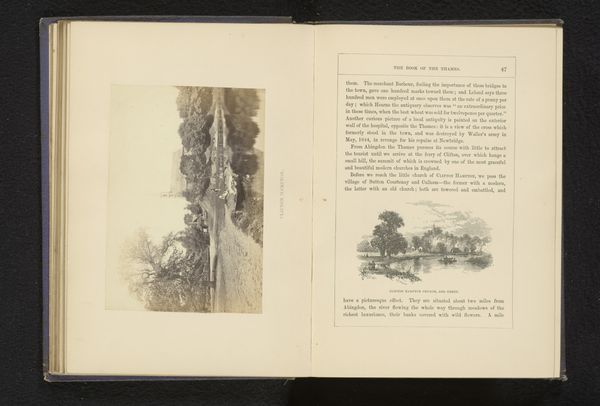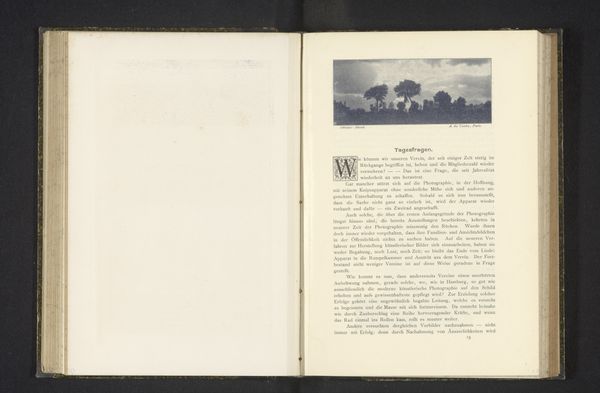
photography, gelatin-silver-print
#
landscape
#
photography
#
gelatin-silver-print
#
realism
Dimensions: height 161 mm, width 125 mm
Copyright: Rijks Museum: Open Domain
Editor: This is a photograph entitled "Walnootbomen in Interlaken," taken by Francis Frith, before 1865. It is a gelatin-silver print. I'm struck by the symmetry, how the trees create a strong vertical rhythm, anchoring the scene. How would you interpret this work? Curator: Formally, it's fascinating how Frith employs the gelatin-silver process to create such a range of tones. Notice the delicate gradations of light and shadow within the foliage and on the tree trunks. Consider how the texture of the bark contrasts with the softness of the surrounding vegetation. How do these formal elements contribute to the overall composition? Editor: The contrast between textures definitely adds depth. Do you think that Frith was interested in exploring the different tonal values offered by the gelatin-silver process in particular? Curator: It is compelling to look closely at Frith’s method here and to interpret his conscious choices in producing this print. We have this balance between capturing representational accuracy and an attention to tone. The subtle use of light becomes a key component. Look at how that filtered light animates the very forms it illuminates. Are you seeing something similar? Editor: I see that now. The light does bring a sense of… vibrancy. Curator: Indeed, in breaking it down by its pieces we can clearly see how all the properties combine into the captivating image it creates. How does considering the technical execution shape your perception of the photograph’s impact? Editor: It makes me appreciate how deliberate each element is. I hadn’t thought of that at first. Curator: Precisely! It's a reminder to examine how technique and artistic intention combine.
Comments
No comments
Be the first to comment and join the conversation on the ultimate creative platform.
